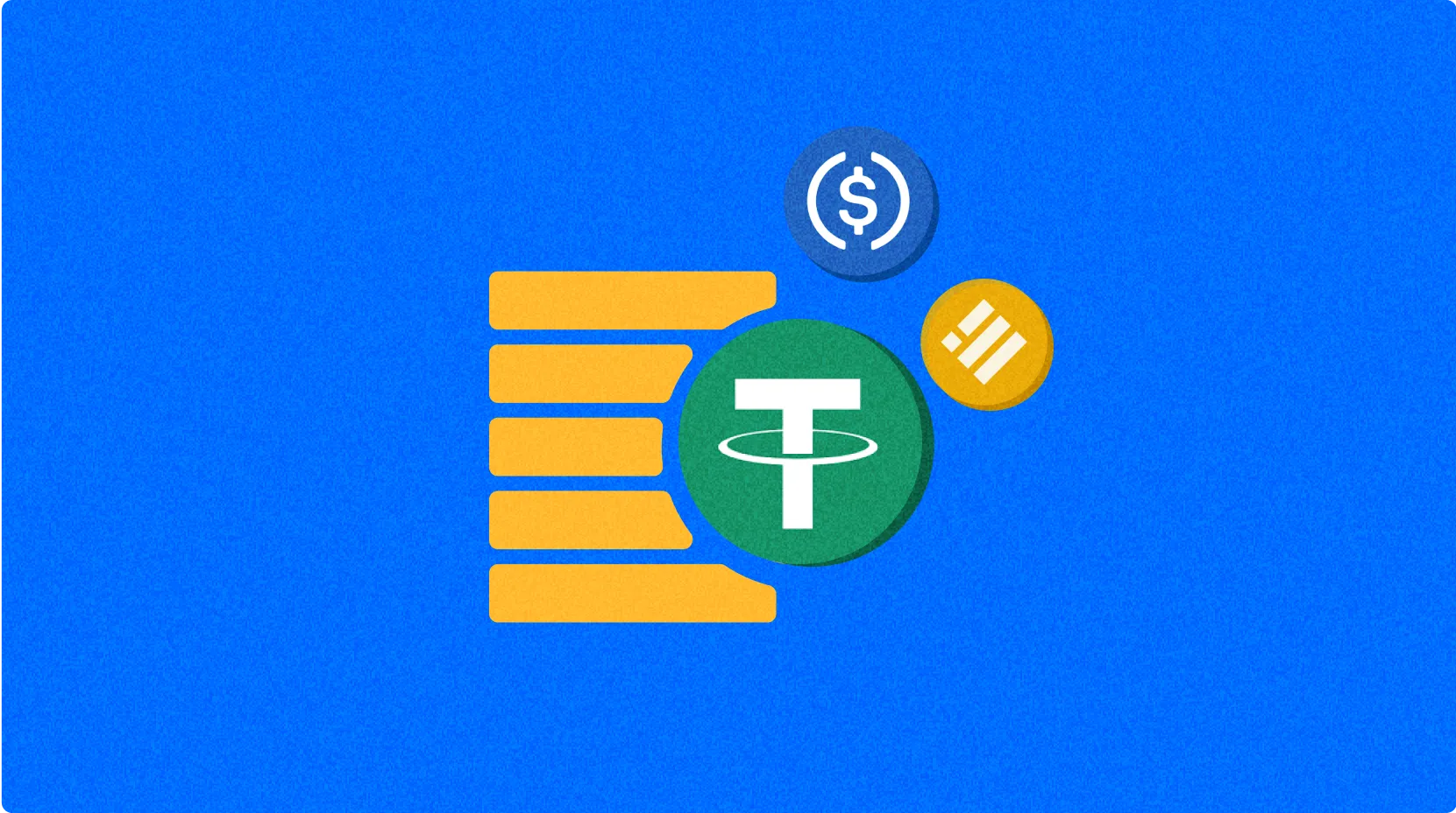Digital Assets

Digital assets are value carriers that exist in the digital world based on cryptography and blockchain technology, stored in digital form and verified through distributed ledger technology. This asset class started with cryptocurrencies like Bitcoin and has now expanded to include utility tokens, security tokens, non-fungible tokens (NFTs), central bank digital currencies (CBDCs), and various other forms of digital value representation. The uniqueness of digital assets lies in their programmability, ability to facilitate peer-to-peer transactions without intermediaries, and global instant transfer capabilities. This innovation has brought transformation to traditional financial systems, providing more efficient and inclusive mechanisms for value transfer.
Digital assets have had a profound impact on markets, catalyzing an entirely new financial ecosystem. To date, the global digital assets market has reached a valuation of trillions of dollars, attracting participants ranging from retail investors to large financial institutions. They have not only created new investment channels but also driven financial innovation, such as decentralized finance (DeFi) protocols, crypto asset lending platforms, and automated market makers (AMMs). These innovations are reshaping how financial services are delivered, making them more open and permissionless. Additionally, digital assets have provided new monetization avenues for creators and content producers, particularly through NFT technology, which enables true digital ownership and scarcity for digital creations such as artwork, music, and in-game items.
Despite their revolutionary potential, digital assets face multiple challenges and risks. Regulatory uncertainty is a major issue, with countries worldwide striving to develop appropriate legal frameworks to govern this emerging asset class, resulting in regulatory disparities and compliance challenges across different regions. Extreme market volatility is also a significant characteristic of digital assets, with prices potentially experiencing dramatic fluctuations in short periods, posing substantial risks to investors. Security concerns are equally important, with various security threats existing in the digital asset ecosystem, from private key management failures to smart contract vulnerabilities and exchange hacks. Furthermore, due to the energy-intensive nature of blockchain technology, particularly networks employing proof-of-work consensus mechanisms, digital assets face questions about sustainability and environmental impact.
Looking ahead, the digital assets space is evolving in several key directions. Institutional participation is increasing, with more traditional financial institutions exploring the digital asset market, offering custody, trading, and investment solutions. Regulatory frameworks are gradually maturing, with clearer rules and standards emerging as governments and regulatory bodies better understand the technology. Technological innovation continues, especially improvements in scalability, interoperability, and privacy protection, which promise to address some of the limitations currently faced by blockchain networks. The tokenization trend of real-world assets (RWAs) is accelerating, bringing traditional assets like real estate, commodities, and securities onto the blockchain, potentially becoming a significant driver of future growth.
Digital assets represent a paradigm shift in value exchange and ownership, gradually changing our understanding of assets, finance, and the nature of value itself. By combining technological innovation with appropriate regulatory frameworks, digital assets have the potential to bring greater efficiency, inclusivity, and transparency to the global financial system. However, realizing this potential will require ongoing collaboration among all stakeholders to ensure that this emerging asset class can develop and thrive in a secure and responsible environment.
Share
Related Articles

What Are Altcoins?

What is Blum? All You Need to Know About BLUM in 2025
